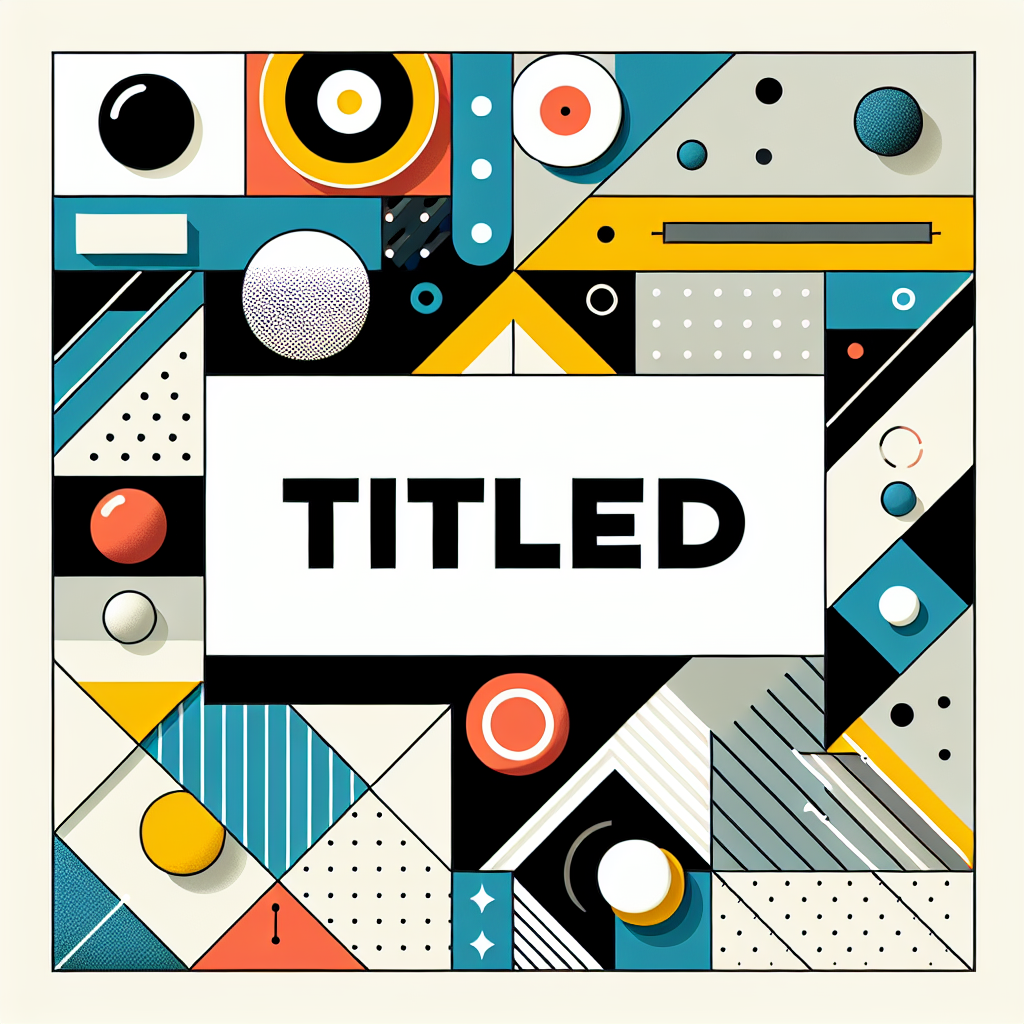When it comes to organizing information on a webpage, HTML offers a variety of tools to help developers create structured and user-friendly content. One of the most commonly used elements for organizing content is the <ol> tag, also known as the ordered list.
What is an Ordered List?
An ordered list is a list of items where each item is preceded by a number or letter. The items in an ordered list are typically displayed in a sequential manner, with each item appearing in the order in which it was listed in the markup.
How to Use the <ol> Tag
To create an ordered list in HTML, developers can use the <ol> tag. Inside the <ol> element, each list item is defined using the <li> tag. For example:
<ol>
<li>Item 1</li>
<li>Item 2</li>
<li>Item 3</li>
</ol>
This code snippet will render an ordered list with three items, each numbered sequentially. Developers can also customize the appearance of the ordered list using CSS to change the numbering format or styling of the list items.
Benefits of Using Ordered Lists
Ordered lists are a powerful tool for organizing and structuring content on a webpage. By using an ordered list, developers can present information in a clear and organized manner, making it easier for users to understand and navigate through the content. Ordered lists are especially useful for presenting step-by-step instructions, numerical rankings, or any content that needs to be displayed in a specific order.
Conclusion
Overall, the <ol> element is a valuable tool for developers looking to create structured and organized content on their webpages. By using ordered lists, developers can improve the readability and usability of their websites, making it easier for users to find and navigate through the information they need.

